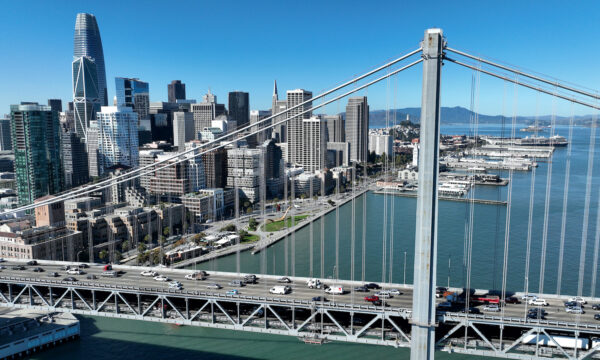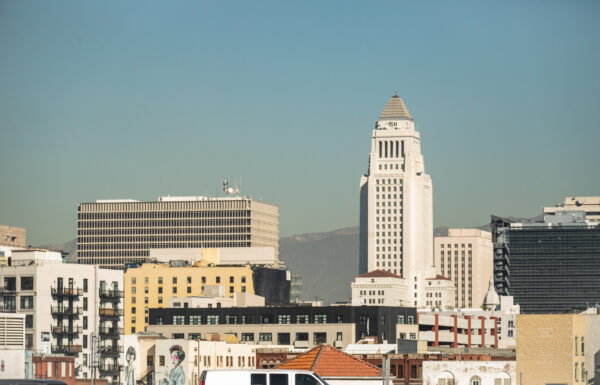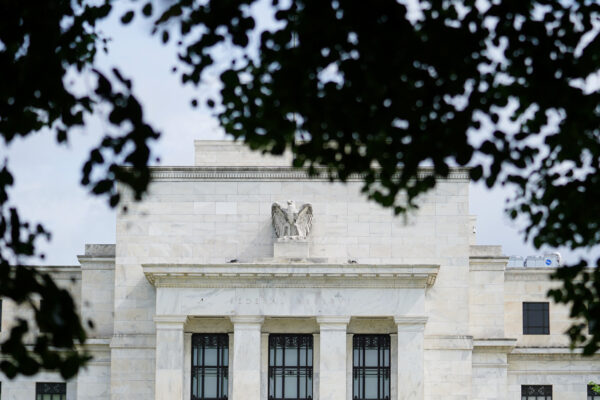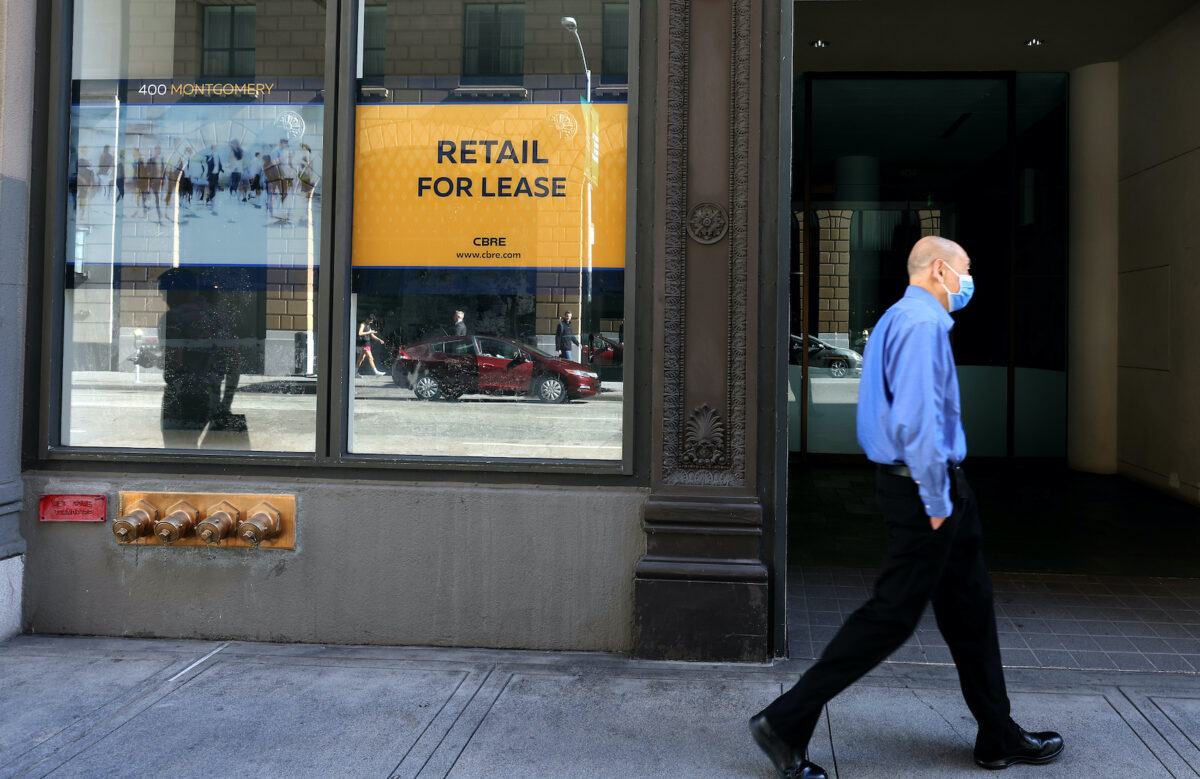Commercial real estate in the United States is facing uncertainty, with mixed signals from traditional economic bellwethers like housing and employment contributing to the lack of clarity, and lingering fears of recession leave the predictions open-ended, according to a recent forecast by the University of California–Los Angeles Anderson School of Business, which included estimates for no recession and mild recession.
The report was released in conjunction with a forum on June 7 focused on inflation, recession, and commercial real estate.
Much of the discussion was related to commercial real estate, with vacancies in the office sector leading to a halt in new development, deeply discounted properties, and an increasing rate of defaults.
Buildings in Los Angeles and San Francisco have sold this year for a fraction of their prior value, and lenders are altering their strategies and tightening terms for those seeking to enter the space. Brokers told The Epoch Times that money is extremely tight, with the best terms coming in at half-down and with 9 to 12 percent interest rates.

Conditions have changed in the leasing market, with companies considering leases now evaluating the creditworthiness of the landlord to prevent foreclosures from affecting long-term agreements, according to experts.
“Landlords used to be obsessed with tenants’ credit, but now the tables have turned,” Carl Muhlstein, executive managing director of JLL Associates—a commercial real estate firm headquartered in Seattle—said during the commercial real estate panel.
Office space vacancies remain at historic highs in San Francisco, and numbers across California continue to trail pre-pandemic figures. And the problem is not localized, as vacancies in the 50 largest metropolitan areas are more than in 2008 and are approaching the highs of the 1990s, which occurred during the real estate crisis, according to statistics provided during the panel.
People tried to come back, but then they paid $4 for 10 minutes of parking and $5 per gallon in gas,” Muhlstein said. “Now no one’s in the office.”
A change in workplace structure following the pandemic has changed the downtown landscape, as companies have realized they can operate with much smaller real estate footprints, which has lessened their costs while also draining downtowns of weekday workers, according to experts.
“Hybrid work is here to stay, and it’s totally restructuring the office market. There’s a total change in the attitude about being in the office,” David Shulman, chief economist at UCLA Anderson, told the panel. “Many of these towers in downtown Los Angeles, Park Avenue, New York, San Francisco, they’re never going to come back as office buildings.”

As vacancy rates continue to rise, prices are starting to decline, and with the recent sales of buildings in historically prime locations at substantial discounts, brokers say more downside is to come, with some expecting significant pain before the bottom is realized.
But investors say opportunities will be abundant in the future.
“The assets have to get repriced, and when they are repriced, all kinds of good things will happen,” Shulman said during the discussion.
Meanwhile, fears persist that commercial real estate woes could lead to broader financial market instability.
“Regulators are looking closely at real estate portfolios,” Shulman said. “There’s a quiet credit crunch going on. It’s a long, slow bleed, and it’s going to take lots of time.”
Industry experts point to the Federal Reserve’s recent interest rate hikes as contributing to the stress in lending, and the federal government’s role in impacting the slope of the yield curve—the difference between short-term and long-term bond rates—are potentially concerning, according to Ed Leamer, professor of economics at UCLA.
“We’re in a really extraordinary circumstance,” Leamer said. “We’ve never seen a Fed-created unique yield curve inversion.”
Historically, declining yield curve slopes are followed by recessions and unemployment spikes, as highlighted in the Anderson presentation, with the only exceptions being during the Vietnam War from 1961 to 1966 and the arrival of the internet from 1994 to 1995.

“This is a warning to the Fed. You can try to slow the economy down, but you need to go easy and not cause the yield curve to invert,” Leamer said.
With a mild recession the most likely outlook, according to the panel, California is expected to perform better than the nation thanks to intellectual capital, information technology, and a diverse pool of recruitable talent.
While office space is suffering and fears of a Fed-induced recession continue to brew, experts said they see positive signs in other commercial sectors.
“Retail is the most interesting,” Jerry Nickelsburg, director of the UCLA Anderson Forecast, told the panel. “We’re seeing the return of optimism, except in the San Francisco Bay Area.”
The city by the bay has been plagued by high crime, open drug use, and homelessness, and the response from many companies has been to evacuate the area, with Whole Foods, Nordstrom, Walgreens, and Westfield just a few of the retailers choosing to take their business elsewhere this year.
Industrial commercial real estate remains the hottest of all sectors, with vacancy rates reportedly “unsustainably low” at between 1 and 2 percent. Market forces are responding, and new project developments are coming online across the state, according to experts.
















































